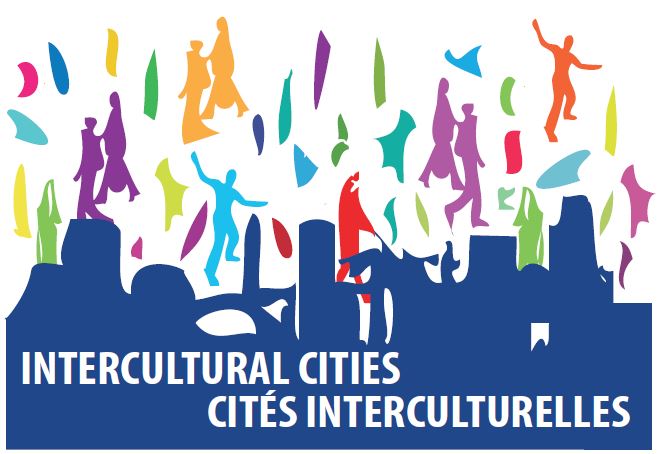The SPARC project is funded by the “INTERREG Greece-Italy” EU program and aims to promote sustainable development in Patras (Western Greece) as well as Putignano and Bari (Eastern Italy) by valorizing and enhancing the cultural and natural heritage of these regions. Among the most important cultural heritage assets of both Greece and Italy, involved in the implementation of the project strategy, are the Carnival of Patras, the Carnival of Putignano as well as various theatre and film institutions. “Creativity Hubs” are to support and enrich the creative and cultural sector, while connecting it with other sectors. To guarantee the sustainability of results, other long-term initiatives that are linked to SPARC are encouraged and the Creative Hubs will continue to operate for at least fiver further years. The project also includes an evaluation and monitoring plan.
For more information:





